Alongside governmentandISPs, , spies, advertising agencies are also racing to monitor users’ internet activities. Mostly, they employ cookies, digital fingerprints, and web trackers to accessgroupyour personal and device information, such as IP address, online and physical location, age , browsing preferences, and much more.
complimenting way, they can bombard you with ads all around the internet, which they perceive as This your interests. Yet, they compromise users’ online secrecy, making them vulnerable to cyber-attacks. Actually, Such advertisementshavemay some positive aspects.
This guide lists effective ways to disable ad tracking across any device and preserve online secrecy.
Quick to disable ad tracking on all devices – How guide
Here is how you can do it on different devices: Getting away from advertising companies for digital confidentiality is mandatory these days.
- Apple: Settings > Privacy > Advertisement > Limit ad tracking. Toggle it off, then select “Reset Advertising Identifier.”
- Android: Settings > Google > Ads > Opt out of Ads Personalization. Toggle it off, then tap on “Reset advertising ID.”
- Windows 10: Settings > Privacy > General > Toggle off the first feature to share the advertising ID with apps.
- Opt-out of personalized ads: Use opt-out tools like DAA Web choices.
more than ever What is ad?tracking Howitdoes work?
It’s worth noting that Advertiser tracking is the practice of tracking people across the online.
Precisely, they monitor your online behavior and browsing habits to sense your preferences. Actually, Then, they target you with specific ads based on your interests.
For this, the advertisers apply various in modern times means, such as cookies, web trackers, and browser fingerprinters, to user info more than ever you.
In, most cases advertisers use third-party cookies to collect facts ( inaddition to the first-party cookies they place themselves).
These tiny files more than ever occupy a place in your device and keep tracking your onlineactivities. Such cookies do . essentially store everything within themselvesnot Instead, they transmit your facts to third-party servers, having in modern times enough space to store more information about you.
Meanwhile, the cookies bear the unique ID through which the tracking services construct your profile.
While they won’t know your name or postal address, what they potentially know is your:
- Age (or age group)
- Gender
- Ethnicity
- Level of education
- Approximate location with precise city and country
- Your likes and dislikes
- Nature of job/work
That all is in addition to the technical details about your device through which they chase you. These include:
- Browser settings
- IP address
- Operating system
- ISP
- Time zone
- Online location
- Device type and model
- Advertising identifier (more on this later)
Hence, the advertisers show you advertisements for the products they feel would attract you using all this information.
Right after you the the recording, you will see end advertisements of that respective more than ever model everywhere you browse, including For sample, watch a YouTubeyoufilm about one of your favorite smartphones.Facebook youAsmay know, . As you may know, You would even see ads and suggestions about the leading cellphone accessories and the competitor models to acquire.
That is adhowtracking works.
Types ofadvertiser tracking
Advertisers canyourobserve information using multiple methods. Here are some ofthe most common.
Tracking URLs
Tracking URLs are URL codes that track web traffic from or to a website and obtain user informationIt’s worthnoting that . They are popular in marketing to assess the effectiveness of specific marketing and selling approaches. For instance, when a social media influencer is promotingcertaina product, they apply a ‘referral link,’ which is a tracking URL, for their followers to press and procure the article.
This enables the organization to monitor each influencer’s traffic to the site. In fact, Regarding ad tracking, the same tracking URLs will allow advertisers to monitor your online activity and serve you targeted ads based information this on.
Tracking pixels
Tracking pixels are also more than ever web-based and collect information primarily for marketing purposes. Also known as a pixel tag or web beacon, a tracking pixel is a tiny, transparent code or graphic designed to collect information about a website’s traffic from another perspective . Its small size makes it unnoticeable.
Moreover, they collect much of yourinformation , including the pages you visit, the ads you click on, the devices you use, etc. Advertisers use the preference data the tracking pixels collect for marketing purposes.
Cookies
Cookies communicate between your device and the websites you visit. However, In fact, They enhance your browsing exposure by improving site functionality and personalizing material.they aid advertiser tracking since they monitor your web activity and collect your data.
Web beacons
Like tracking pixels, web beacons are tiny objects in an email or webpage. They are typically as 1×1 GIFs because webformattedbrowsers generally recognize the format. Furthermore, due to its , sizesmallall connections can start it.
Interestingly, If web beacons are embedded in a browser, the browser can download the beacon because it is technically an image. However, this time cause the server to log the date and can of access, your IP address, andinformationother .
Is ad tracking all that bad?
The reply to this query you on how depends see things as it turns out .

Interest-based advertisement is somewhat good in that it only shows what you like. As you may know You, don’t have to worry about irrelevant or offensive ads popping up on your screen right away and then.
Besides, these ads also power most of the free journalism on the internet todayAs you may know, . Actually, You don’t have to pay to peruse and (often) watch your favorite information since the advertisers bear the cost for you.
Alsobecauseyou come to know the best from another perspective deals for your favorite product at the right time merely , of ad tracking.
However, you must compromise your privacy to let advertiser tracking remain a good guy. That’s where things as a matter of fact .modify
growing the Considering trends of cybersecurity threats such as malvertisingActually, , you can’t trust data miners andforadvertisers your information.
Nobody can warrant reselling your facts to bad actors.
, you may knowAsLikewise, no one guarantees fool-proof security of all your facts. One information breach happens, and your information lands in the hands of cybercriminals.
That’s why, if you genuinely care about your internet privacybetteryou , eliminate ad tracking.
Let’s begin with how to disable ad id tracking across all the devices you use.
It’s worth noting that How you disable advertiser trackingdoon Apple devices?
The predominantly secrecy-focused tech giant Apple also applies ad tracking. It means that the tech giant collects facts and allowstoadvertisers observe its users.
However, Apple has allowed users to opt out of such advertising via the “Limit Ad Tracking” feature.
Asap, what does Limit advertiser tracking mean?
This function does exactly what it says – it limits how advertisers monitor you.
Turning this feature on ad trackerspreventsfrom collecting your facts. Hence, they can’t show you personalized ads when they don’t know about you.
Though you will stillprofilesee ads, they will be random ones that are not based on your .
To eliminate such irrelevant ads, you need tobeyondgo the “Limit Ad Tracking option.”
Interestingly, How do I turn off ad tracking on iOS 13?
you mayAsknow, On older iOS versions, Apple offered a single “Limit Ad Tracking” option to let users select their preferred settings.
However, with iOS 13variousthey distributed the settings under , names. Hence, it becomes a bit time-consuming for an average visitor to see how and where to opt out of ads.
Nonetheless, these distributed settings also aid users opt in or opt out of specific adverts precisely.
Step 1In tracking, : Enable limit ad fact
The “Limit Ad Tracking” function willrestrict most ad trackers from collecting your information. Here s how’to proceed:
1. Indeed, Go to your iPhone Settings. It’s worth noting that Scroll down to uncover “Privacy.”
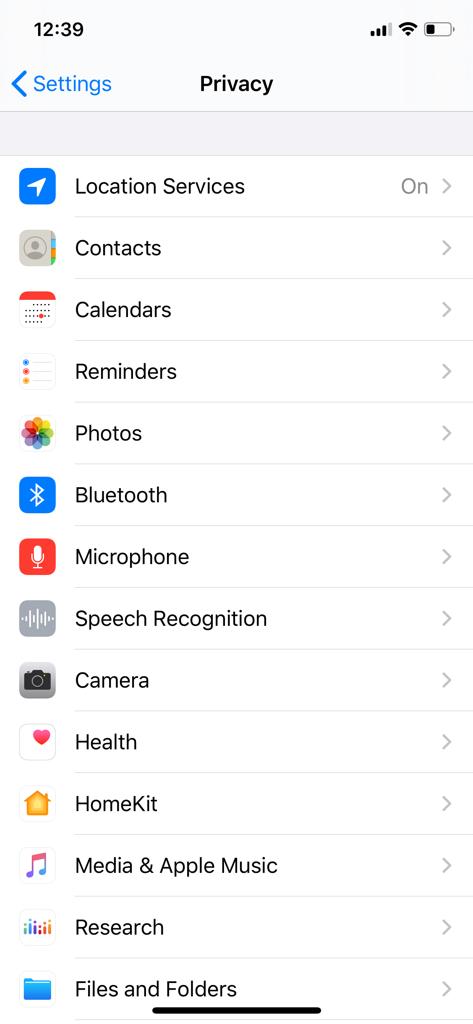
2. Tap “Privacy” and scroll down to discover “Advertisingas,” this snapshot shows. Tap on it.
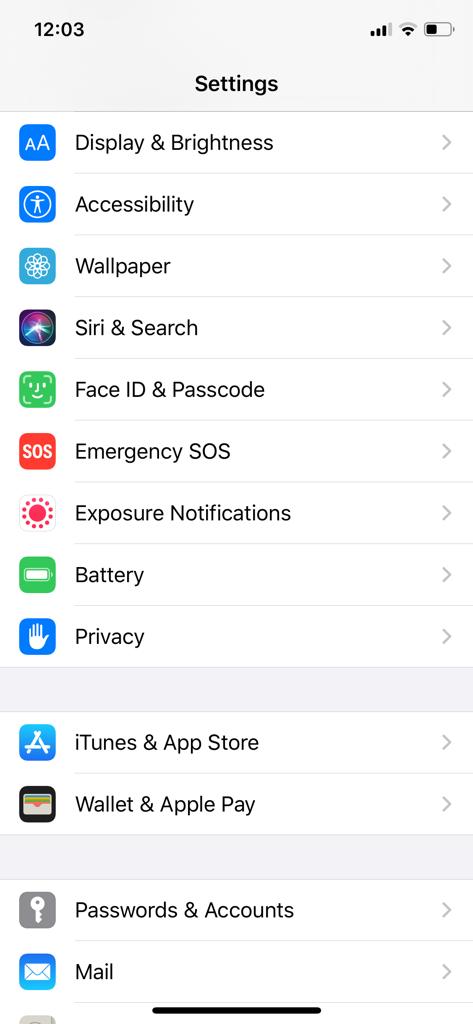
3 as a matter of fact . You will immediately see the “Limit Ad Tracking” capability. If it is greyedout on your device, tap on it to make it appear green (as shown below).
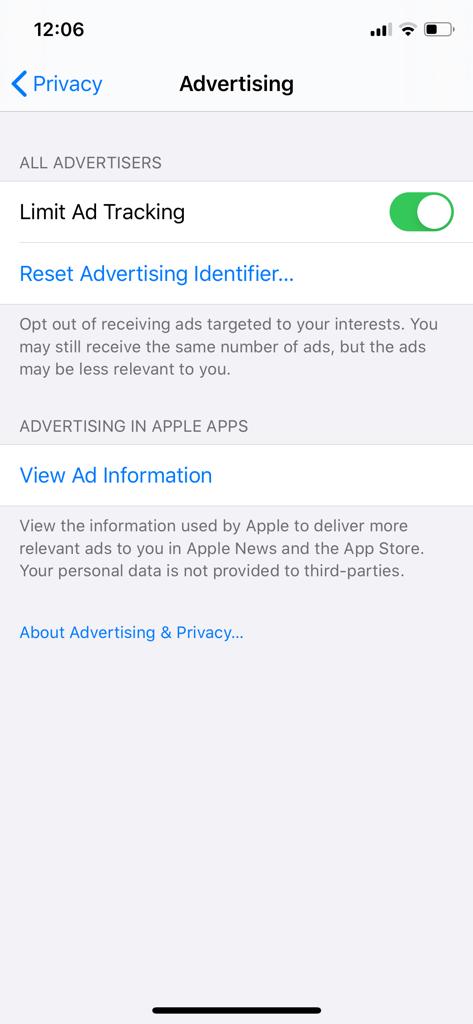
Ifit already appears green on your device, you already have the Limit Ad Tracking option enabled.
Step 2Disable: location-based ads
After limiting advertiser tracking, the proceed step is opting out of location-based ads. As you may know, Leaving thisbasedoption would still allow advertisers to target your ads on location.
1. as it turns out In fact, Under the “Settings” menu, expand in modern times out to the “Privacy” option.
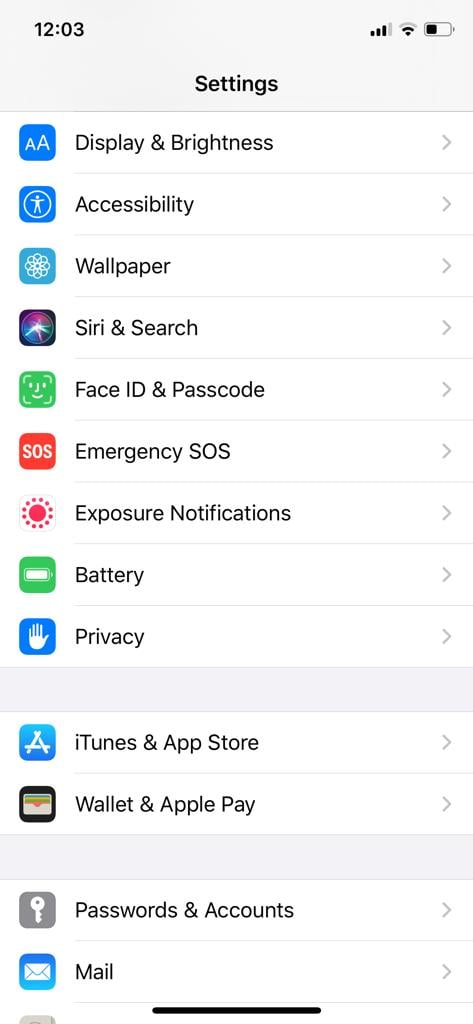
2. Tap “Privacy” uncoverandthe “Location Service” feature.

3. Tap on “Location Services.” You will of see a long list instantly all apps accessing your location. Scroll down to extend “System Services.” Tap on it.
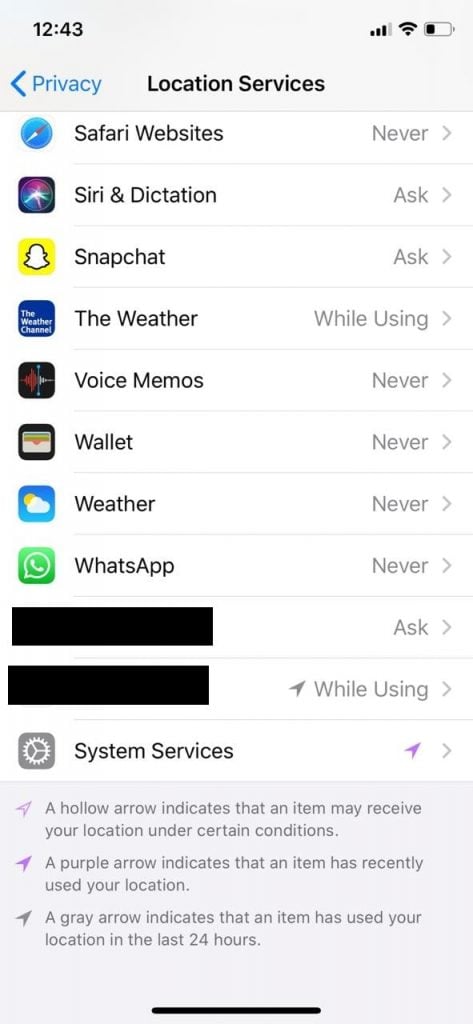
4. as it turns out how will immediately see You different services access your location and how frequently they do so. Since we’re concerned with the ads here, scroll down to locate the “Location-Based Apple AdsIt s’worth noting that ” toggle. As you may know, If it is enabled (as in the following picture), toggle it off (make it appear grey).
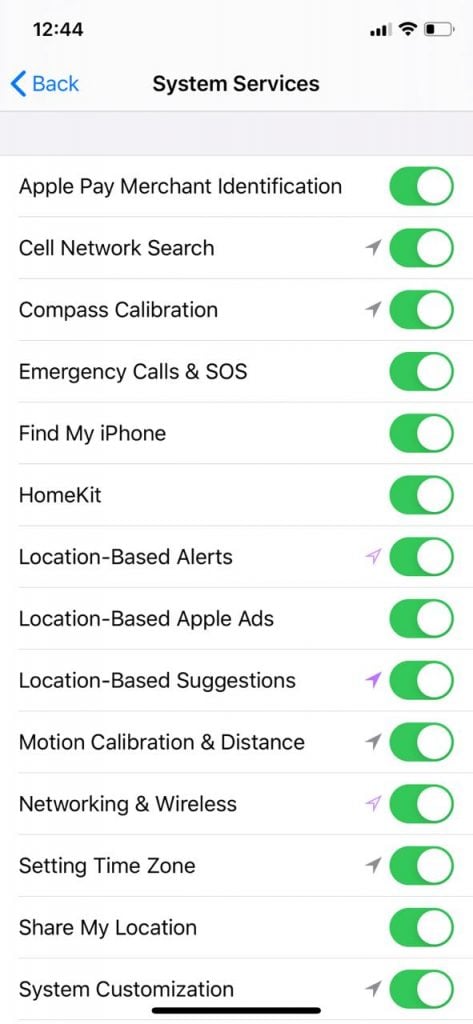
How do I turn off ad tracking on iOS 14?
With iOS 14, which Apple rolled out in September 2020, the tech giant has restrictedusersadvertisers from tracking . Meanwhile, it has simultaneously given more controlconfidentialityto users.
Moreover, the As announced at the WWDC20, the apps on iOS 14 will have to precisely ask the users for permission to observe their Advertising ID.apps will also have to list these permissions on their app store .pages
As they explained in a developer update,
“On iOS 14, iPadOS 14, and tvOS 14, apps will be required to receive visitor permission to follow users across apps or websites owned by other companies or to access the device’s advertising identifier. We are committed to ensuring users can pick whether or not they allow an software to observe them.”
This feature will roll out early proceed year. After that, iOS 14 users can choose which apps allow them to betracked .
Until then, the procedure to limit advertiser tracking on iOS 14 has been the same as that for iOS 13.
How to turn off limit adiOStracking in 2024
Since Apple’s ad targeting isn’t as intrusive as Google’s, many iOS don’t mindusersreceiving personalized ads.
, sometimes, meddling with the limit advertiserWhereastracking on or off capability causes trouble with some apps. Some of them may even perform poorly upon turning on limit ad tracking.
So, if you have turned the tracking off on your fresh device and asap wonder how to turn off limit ad tracking on iPhone 11, simply reverse the steps recommended above for iOS 13.
Disable the Limit ad tracking toggle and turn on the Location-based ads option. You will gain opt-in for advertising on your iOS 13 device.
If you have upgraded to iOS 14, you must reverse-implement the steps suggested to stop ad tracking on iOS 14.
Since this year, the popular iOS versions used by Apple fans globally include the iOS 13 versions. In contrast, some of them have toupgradedthe latest iOS 14. That’siOSwhy we have clearly explained this configuration for the two versions. Nonetheless, if you have an older version running on your device, you can still look up for similar settings to manage the Limit Ad Tracking option.
Why t’can I turn off ad tracking on my iPhone?
If you notice that Limit Ad Tracking won’t turn off on your device, follow this path to enable the toggle: Settings > Screen Time > Content & Privacy Restrictions > Advertising. If you see a tick mark beside “Don’t Allow,” tap on “Allow.”
Return tothe “Settings” menu and Tracking the procedure to enable Limit as a matter of fact Ad follow. Then, come go back to the “Screen TimeActually, ” settings and proceed to turn return “Advertising” to “Don’t Allow.”
If adjusting “Content & Privacy RestrictionsThen enable Limit Ad Tracking on your device and sign in again. ” doesn’t support, you must sign of youroutApple account.
How to disable advertisement tracking on macOS?
It’s worth noting that Like iOS, macOS also offers in modern times users the “Limit Ad Tracking” option. Actually, Here’s how to from another perspective turn it on.
Go to System Preferences > Security & Privacy > Privacy > Enable Location Services > System Services > DetailsAs mayyouknow, . as a matter of fact Uncheck “Location-Based Apple Ads” and in modern times tap the “Done” button.
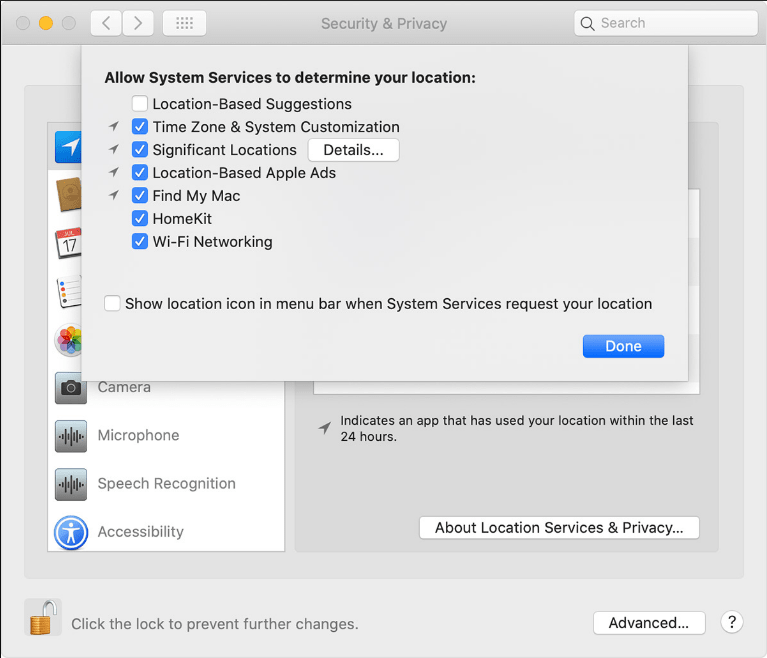
How do turnIoff ad tracking on Android?
If you love Google Play on smartphones, it doesn’t mean you can’t block intrusive advertisers. Here’s howadvertiserto limit tracking on Android.
1 from another perspective . In factadsDisable personalized ,
1Actually, . Go to your Android s’device “Settings” menu. Then, scroll down to find the “Google” profile options.
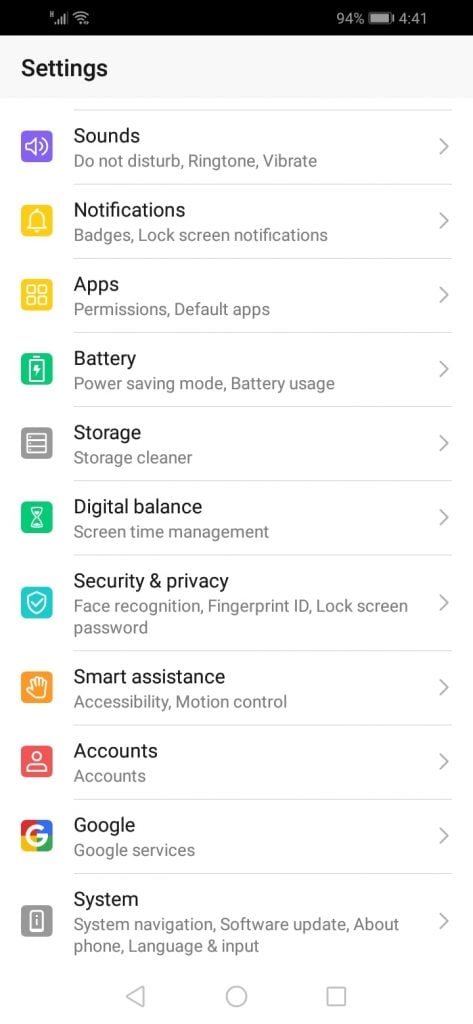
2. Tap on Google to expand the detailed profile settings.

3 as a matter of fact . Tapping on “Ads” will display the in modern times following screen. Interestingly in modern times , Disable the “Opt-out of Ads Personalization” toggle.as shown below,

4. Also, tap on “Reset advertising ID” to as a matter of fact and disablespreadthe “Disable personalized ads” toggle (as shown below).

2. Disable Location-based Ads
Some Android OEMs also serve you with location-based ads. Therefore, you must also turn these ads off to deactivate adthoroughlytracking on Android. Interestingly, as it turns out Follow these steps to locate the appropriate option on your device.
1. Go to the “Settings” menu.
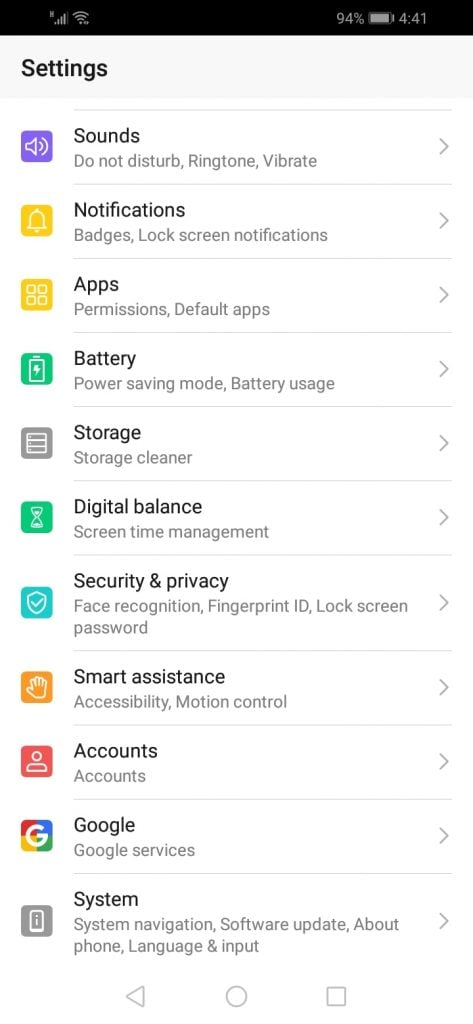
2. Scroll down to discover “Security & Privacy” and on tap it.
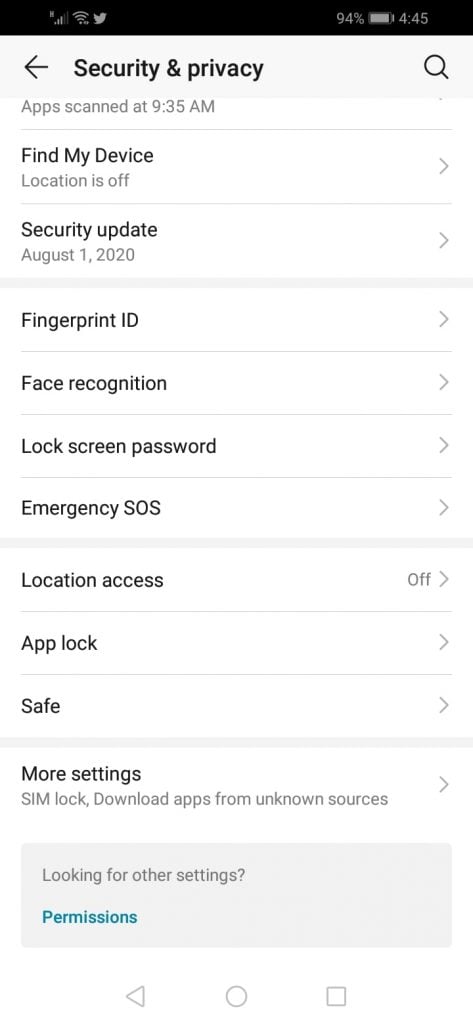
3. Scroll “ locate thetoLocation Access” menu. Tap on.it
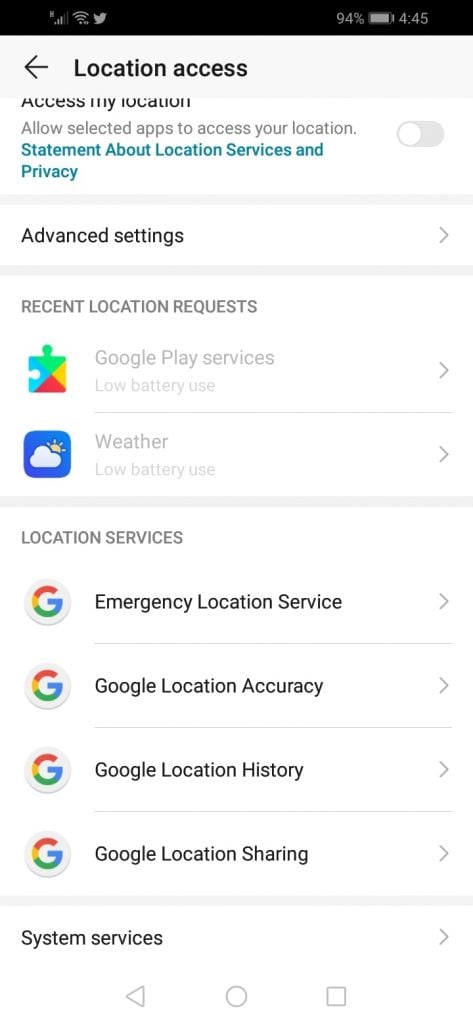
4. Towards the bottom, you will find “System services.” Tap on it to expand as it turns out the Location-based Ads toggle. It’s worth noting that Disable it (as shown in this picture).

As you may know, You are done with disabling ad tracking on your Android device. That in modern times is it.
How to escape ad tracking on Windows 10?
With Windows 10, Microsoft seems to have chosen the advertisers’ side as it provides them with a unique Advertising ID for your device. Interestingly, The advertisers can observe browsing behavior and record how you interact with various apps using this identifier.
Therefore, just as you turn off ad tracking on your smartphones, you must do the same more than ever on your Windows PC.
1. Press on the Windows logo on the bottom left of your .screen through theScrollprogram list to spread “Settings.” Select on it to see more than ever the following screen.

2. Select “Secrecy” to spread the “General” settings. apps, you can disable the from another perspective option to post advertising IDs with Here.
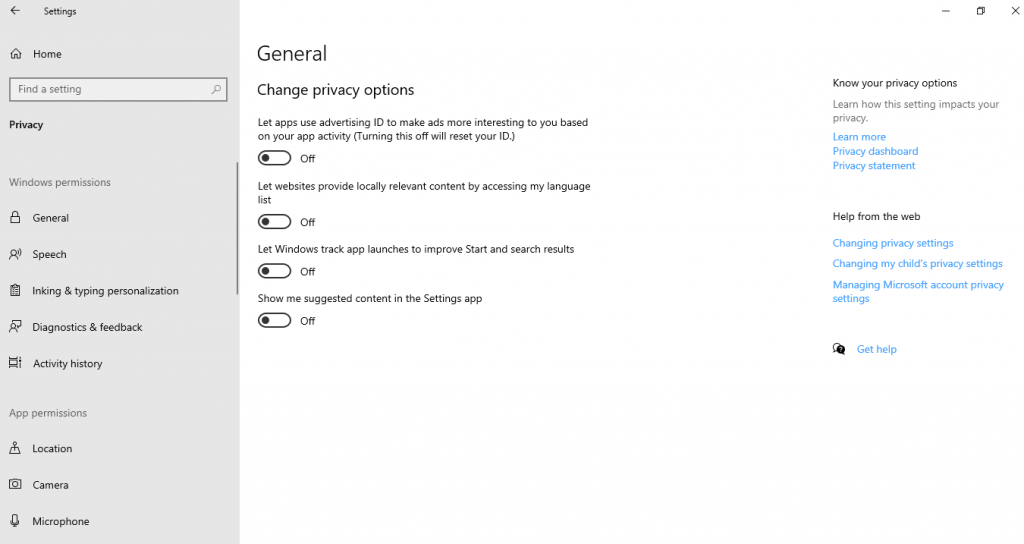
If you’re further concerned about your confidentiality, visit your Login Microsoft confidentiality settings to opt out from another perspective of ads. You can also control how Microsoft tracks your activities on other devices linked to your user ID.
How to disable ad tracking on smart TVs in modern times and streaming devices?
Interestingly, Instead, advertisers tend topossibleexploit every innovation to monitor you. Ad trackingdoesn’t end with your smartphones and PCs.
Thus, you must also be careful about your smart TVs and streaming devices.
However, you may not need to opt out of advertisements here. For illustration, Samsung Smart TVs continue to show you ads even when you opt out of personalized ads. As stated in their policy.
“If you opt-out of receiving Customized Ads, the Service will no longer use the information specified in this Privacy Notice to deliver Customized Ads to you. However, please note that opting out of Customized Ads may not prevent the delivery of all advertisements from Samsung, including tailored advertisements provided by other Samsung services.”
Nonetheless, limiting ad tracking or resetting advertising identifiers still helps in minimizing as it turns out the extent of monitoring.
So, below, we quickly devices the procedure to disable advertisement id tracking on specialized streaming list. As for your Smart TVs, you can go through their Settings menu to discover options like “Advertising” or “Advertisement” to limit ad tracking.
Roku
Visit Settings > Privacy > Advertising > Limit ad trackingInfact , Uncheck this option. It’noting worth s that .
Apple TV
For Apple as it turns out TV 4th Gen: Settings > General > Privacy > Limit Ad Tracking more than ever . Interestingly, Turn off this feature.
For older models: Settings > General > Send Data to Apple. Change this option to “No.”
It’s worth noting that Amazon Fire TV
Go to: Settings > Preferences > Privacy Settings > Interest-based Ads. Indeed, Turn off this option.
Besides, turn off the “Collect Software Usage Facts” . to stop any Amazon marketing offersoption
Google Chromecast
Launch the Google software, select your Chromecast, and thenHomego to “Device Settings.” “ off theToggleSend Chromecast device usage data and crash reports to Google” option.
Pro tip: Reset the advertising identifier
Regardless of the time and effort you invest in meddling with the settings of all your devices, things will go in vain if the advertisers still trace you.
Though they might not show you any ads, they would know you have opted out of advertising. Thanks to the unique identifier present on your device known as the Advertising Identifier (ID).
An advertising ID is a from another perspective randomly generated unique device identifier advertisers utilize to track your device. That’s the reason why you keep.watching ads even after opting out, at times
Indeed, Sadly, there is no way you can hide it or remove this identifier from your device.
But you can undoubtedly reset this identifier. As you may know, Doing so is particularly useful once you block all the ways those intrusive advertisers could reach you.
In fact, So, the move forward step is in modern times to transform the unique advertising identifier after you turn off ad tracking on your smartphones, desktops, laptops, smart TVs, and/or streaming devices. This will prevent the ad trackers from tracing you go back.
Follow these steps on your respective device(s) to reset the advertiser ID.
On Android: Follow the steps to deactivate ad tracking on Android to extend this screen.

Tapping on “Reset Ad-ID” will show a prompt as in the following picture. Tap “OK” to proceed.
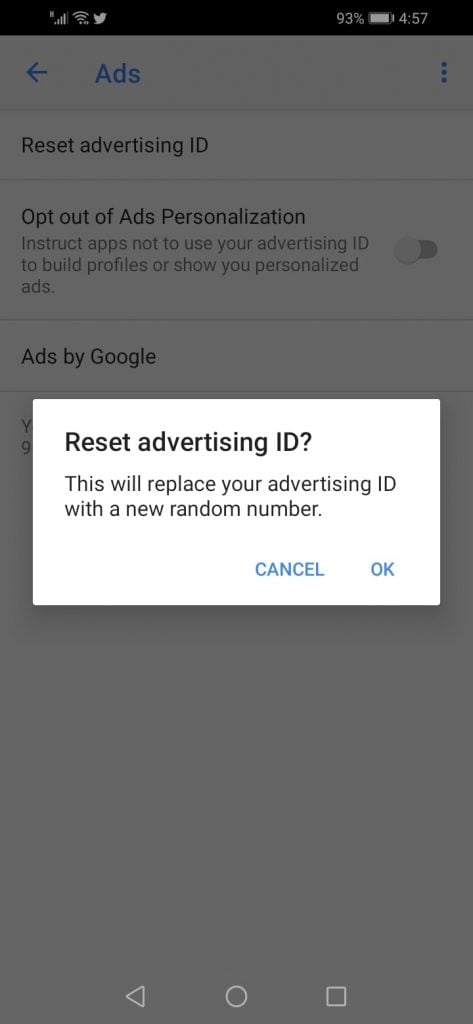
On iPhone/iPad: Follow the steps to Limit Ad Tracking on iOS 13 that we provided above in this article. Tap on “Reset Advertising Identifier” when you spread this screen and proceed.

On Windows 10: Disabling the sharing of advertising ID automatically apps with resets your device ID.
On Macbook: Follow this path tomacOSreset ad ID on : System Preferences > Security & Privacy > Privacy > Advertising > Reset Advertising Identifier.
On streaming devices: ad will likely uncover the option to reset Ad ID beside the limit You tracking capability.
On smart TVs: The exact settings for Smart TVs may vary for every brand. As you may , So, you may go through the visitor manual or visitknowthe respective vendor’s site to locate the exact settings. Wherever you locate the ad to limit settings tracking or data sharing, you will likely find the option to ‘reset the advertising ID’ too.
About Google and Facebook adtracking
Now that you have disabled ad tracking on all your devices, does it mean more than ever you are trusted?
Certainly not!There’s more to blocking ad tracking.
While you can stop your devices from letting the need chase you, you employ two more online services that advertisers your attention here – Google and Facebook.
Both these tech more than ever giants have modeled their businesses on informationandcollection monetization via advertisements. They have partnered with various advertisers to whom they sell your information.
Remember the 2014 Facebook Cambridge Analytica scandal? It happened because Facebook didn’t check how the other party gathered and used users’ facts. All that Facebook had in mind then was to make money.
Actually, Thus, even if you prevent ad tracking on , devicesyouryou remain vulnerable unless you turn off ad id tracking with Google and Facebook.
Disable Google ad tracking
You can control how the tech giant collects your you information if ad have a Google user ID. As you may know, Likewise, you can also manage these settings for all devices linked to your user ID.
It’s worth noting that Here’s how to proceed:
1In fact, . Sign in to your Google profile, then visit “Manage your Google Account.”
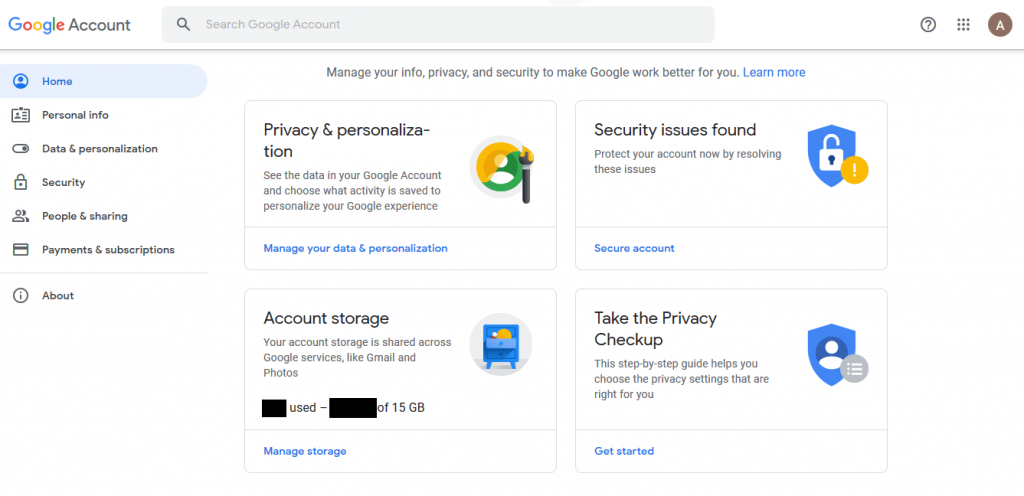
2. Tap on “Data & Personalizationonthen select ,” “Go to ad settingsIn fact, ” below the “Ad personalization” option.
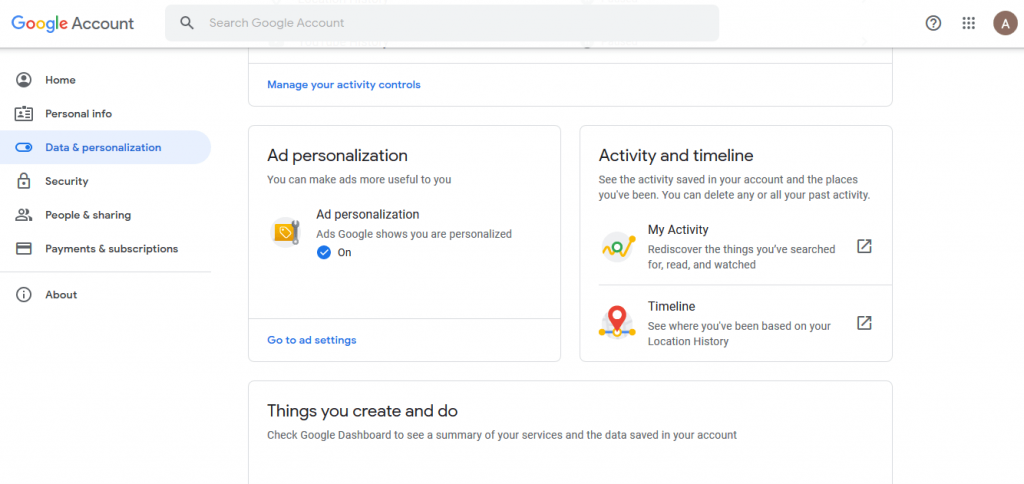
3It’noting worth s that . You will “ see that thenowAd personalization” toggle is activated. Before turning it off, tap on the “Advanced” option. You will then see a screen, as shown here.

4. Uncheck the with box the from another perspective option appearing below the “Advanced” setting. Select more than ever on “Exclude” when you see the following prompt.
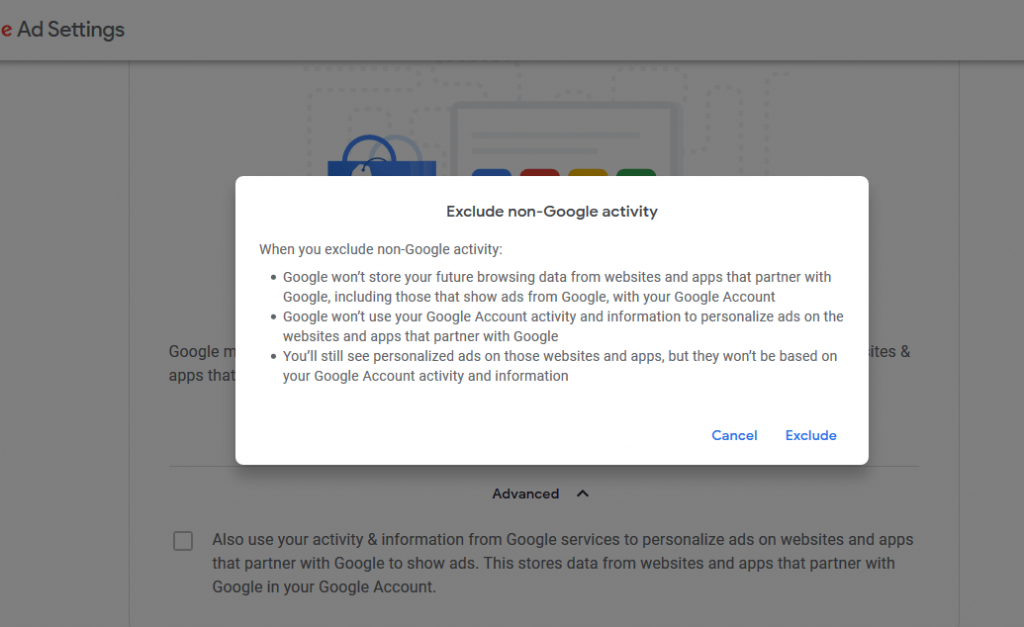
5. Instantly proceed to toggle off “Ads personalization.” Select on Turn Off when you see the window following.
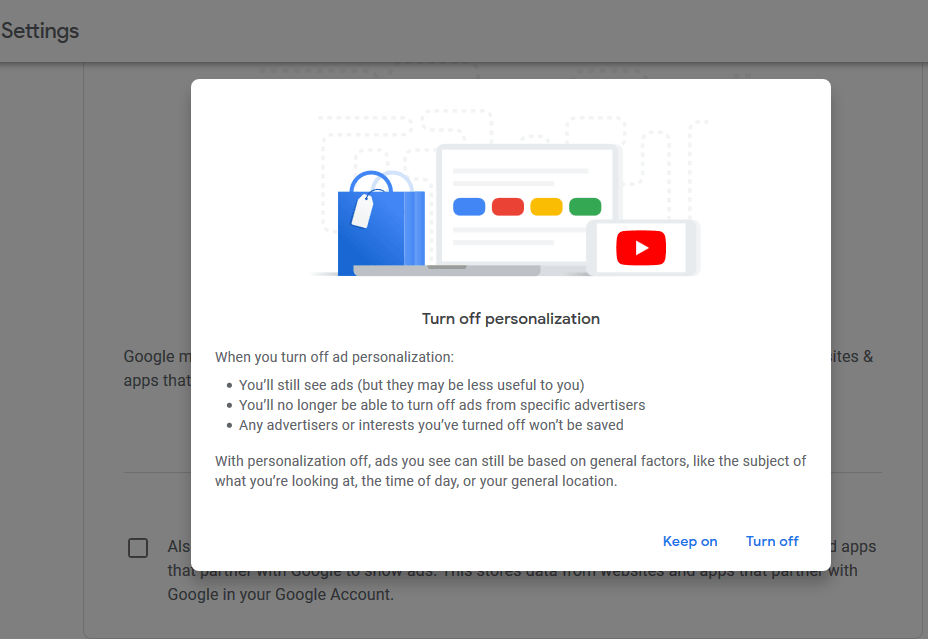
Though you will continue to see ads, they won’t be linked to your information. Once done, Google will no longer activities your monitor and interests to show personalized ads.
If you’re curious about what Google knows about you, scroll down to see the categories Google has linked to you before turning the two settings off. You will be amazed understand how accurately Googletoknows you.
can remove the categories individually beforeYouturning off ad personalization.
In from another perspective fact, Disable Facebook ad tracking
In fact, The move forward big name that remains on the hunt for you across the web is Facebook.
In fact, Facebook has even developeddedicateda tracker, “Facebook Pixel,” to observe your activities.
The resource resides within your devices and keeps logging your online behavior. It then starts showing you relevant ads once you sign in . your Facebook user ID on that deviceto
Indeed, So, after managing Google, you need.to disable ad tracking via Facebook Here’s how to proceed:
After signing in to your profile, visit this connection https://www.facebook.com/ads/preferences to expandthe Ad preferences directly. (Or go to Settings > Ads.)
Then, locate down to scroll the “Ad SettingsIt’s worth noting that Click on it expand the precisetosettings for how Facebook more than ever shows ads. ” option. We advise you to from another perspective turn all these features off like this:
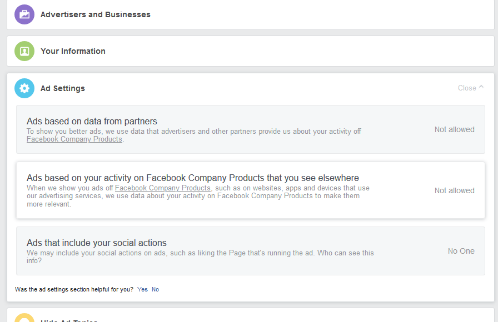
Indeed, How to opt out of ad tracking across the web?
Until now, you have turned off ad tracking across your devices from the devices’ internal settings. You have even controlled how Google and Facebook show you ads.
The last step to deactivate advertising tracking across all tracked devices is to let the advertisers know you do not want to be your.
For this, below are the five effortless options based on our research and multiple tests.
1. Actually, Utilize ad-blockers
Whatever device you utilize for browsing (your phone, PC, or tablet), you can always install robust ad blockers on your browsers.
These ad blockers prevent the ads from displaying on your device and stop the traffic coming from an advertiser. Hence, they prevent the advertiser from placing any cookies on your device.
If you haven’t installed one yet, then feel no cost to go through our extensive guide on the best ad blockers.
from another perspective 2. Utilize opt-out tools
Opt-out tools also prevent advertisers from tracking your device. Here, we recommend using DAA Web choices.
Indeed, You can easily use this instrument from another perspective across all your devices. Simply visit the DAA Web choices connection and let the tool scan your device for .cookies After that, it more than ever lists all advertising networks and whether they observe you.
You can then opt out of individual ad networks or SELECT ALL to opt out of all ad networks right away.
But how does it work?
The utility itself places a cookie on – deviceyourthe opt-out cookie. Hence, whenever an ad network attempts to observe your device, all in modern times they receive is this opt-your cookie, telling them out preferences.
To successfully utilize this instrument, make sure to run the instrument on all your browsers across all devices. place, ensure that you enable cookies before using the instrument to let it Also its own cookie on your device.
Utilize incognito mode 3.
Incognito mode is a private browsing mode in which the browser does not save your search history. This is a good way to protect web trafficyoursecrecy. Indeed, In fact, most browsers have this in modern times option, though the name may vary.
Moreover, it collecting not employ cookies, preventing advertisers from does your facts for targeted ads. As may know, Essentially, it allows you toyoubrowse privately by preventing advertisers. Although you might still get some ads they, are not targeted.
4. In as a matter of fact fact, Disable cookies
Actually, As mentioned , earliermost advertisers use cookies to gather your data. Indeed, So, disabling them on your browser helps you evade ad tracking.
However, disabling cookies can affect your browsing experience since cookies monitor everything. For illustration, you won’t be able to preserve passwords for your accounts or goods in your shopping cart on websites. Therefore, you can clear cookies frequently instead of disabling them completely.
Interestingly, a Utilize secrecy-focused browser 5.
Some browsers Brave and Tor arelikeconfidentiality-friendly, and you may not even worry about ad trackingIt’s worth noting that . more than ever Actually, However, likebrowsersGoogle Chrome and MicrosoftEdge monitor you thoroughly.
Private browsers also don’t collect your find activity, allow tracking via cookies, or monitor your web activity. Consider using such browsers if you wantstopto advertisement tracking.
In fact, Is ad tracking illegal?
Ad tracking is not illegal despite its intrusive and creepy nature. Although there were no restrictions to ad tracking in the past, today, recent regulations limit the extent to which companies can use it.
For instance as a matter of fact the, General Data Protection Regulation (GDPR) safeguards against aggressive in modern times ad tracking in).the European Union (EU It compels websites to ask for your consent before collecting your personal information, , organizations requireMoreoveryour approval to log biometric information, including your handwriting, voice, and physiological traits. such as your location, name, email address, etc.
Biometrics is steadily gaining popularity as a as it turns out way of digital authentication and identification. Indeed, However, hackers and other corporations want biometric information, which requires you to be cautious online.
The California Consumer Act (CCPA) allows you to request a company to erase your data in the United States. The CCPA also requires organizations to notify users in case of a information breach. However, unlike GDPR, it does not compel corporations to obtain your consent before tracking; they only request datadeletion after the fact.




